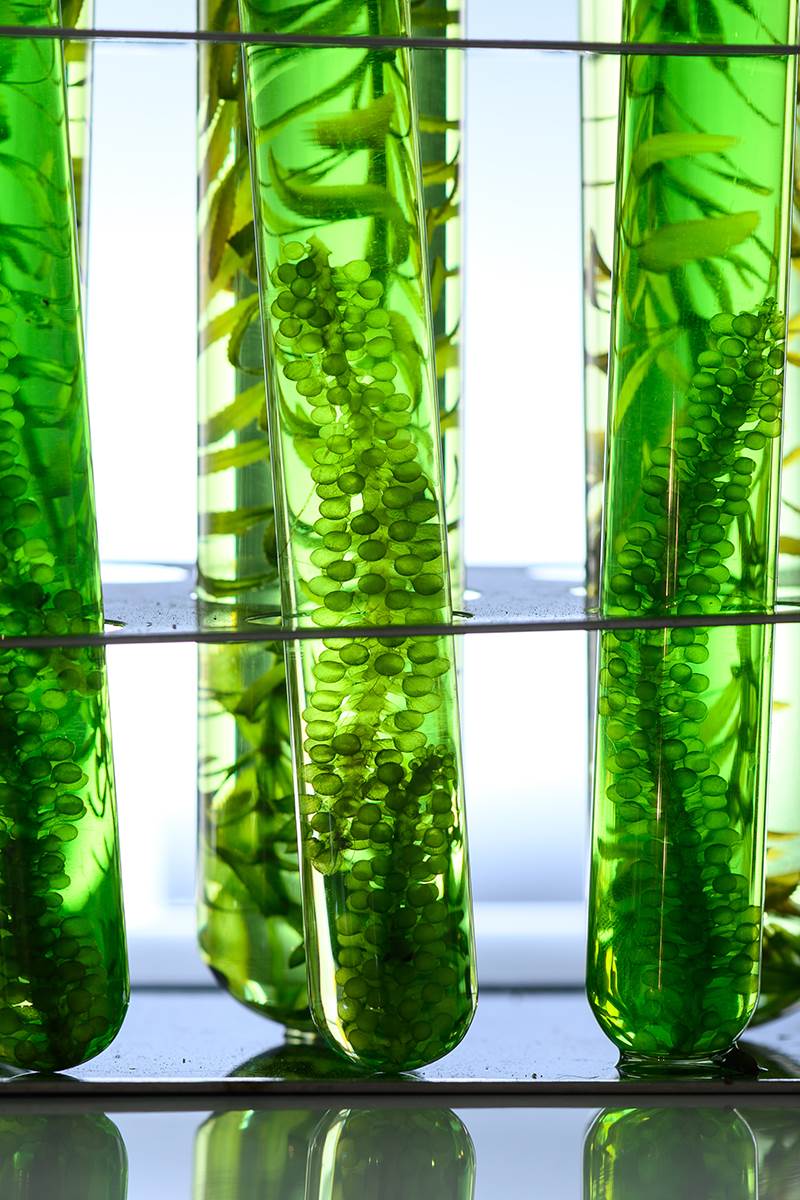11/07/2024

The sea is full of undiscovered secrets. This salty environment created ideal conditions for the growth of microalgae, which had to develop defenses against dehydration.
Microalgae, commonly known as phytoplankton, are a perfect example of a defense response to salty seawater with newly discovered benefits for combination and oily skin.
One of the main drivers of most problems with oily and combination skin is poor-quality and thick sebum, which disrupts the skin's natural balance. In addition, it clogs pores, resulting in the development of open and closed comedones.
The sequence of such skin symptoms disrupts its very structure, that is, the structural proteins of the skin barrier.
The skin then cannot normally perform its protective function and is in a closed cycle of healing and creating new inflammations, because these inflammations are often treated with aggressive and drying ingredients.
To find a gentle yet effective solution, we turned to a preventative method. The preventative method is a new approach to the care of oily, reactive, blemish-prone skin, which seeks to prevent problems before they occur.
That's why we want to introduce you to phytoplankton, which acts directly on the very source of excessive sebum production, i.e. sebocytes.

What are sebocytes?
Sebocytes are cells in our skin responsible for lipogenesis - the process of creating sebum.
Sebum, produced by sebocytes in normal skin, is light and airy, protecting the skin barrier, but in oily skin, it is very thick and can lead to damage to the skin barrier.
Why is thick sebum produced?
In the process of sebum formation (lipogenesis), we are interested in the enzyme COX-2. If it is overly active, it begins to stimulate the formation of unwanted lipids that stimulate inflammatory processes.
The thick sebum that is then produced is full of lipids that can cause imbalances throughout the skin on the face.
All of these are ideal conditions that lead to disruption of the skin barrier and the formation of comedones.
What is the solution for thick sebum?
Phytoplankton has a targeted effect on sebocytes, reducing the process of creating thick sebum within the sebocytes themselves.
With this method, phytoplankton acts preventively by reducing the possibility of the formation of lipids that promote inflammation, therefore they also act anti-inflammatory.
What exactly is phytoplankton?
Phytoplankton is a green microalgae (Tetraselmis Suecica) that at very low concentrations (up to 2.5%) extremely effectively reduces sebum secretion and promotes the strengthening of the skin structure, and thus the barrier.
How does phytoplankton work?
Phytoplankton has a dual effect on the skin. It helps reduce the production of thick sebum and stimulates the production of structural proteins that are necessary for a strong and healthy skin barrier.
By reducing the activity of the COX-2 enzyme, phytoplankton preventively addresses oily skin problems at their source by reducing the formation of unwanted lipids in sebocytes and thick sebum.
This is when clear sebum is produced, which supports skin processes and protects it from drying out (1).
Phytoplankton also supports the skin barrier by stimulating the synthesis of the structural protein filaggrin, which is important for a strong skin barrier, helping to maintain a healthy skin barrier (2) which is essential to prevent dehydration and balance oily skin.

Literature
1. Cardoso, C., et al. "Lipid composition and some bioactivities of 3 newly isolated microalgae (Tetraselmissp. IMP3, Tetraselmissp. CTP4, and Skeletonemasp.)." Aquaculture International 28.2 (2020): 711-727.
2. Sansone, Clementina, etal. "The green micro alga Tetra selmis suecica reduces oxidative stress and induces repairing mechanisms in human cells." Scientific reports 7.1 (2017): 1-12.






